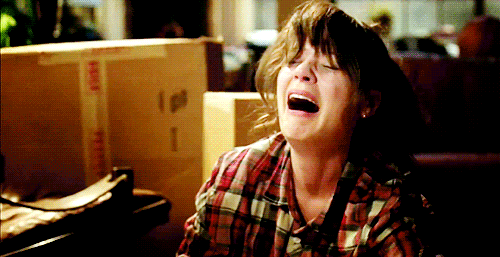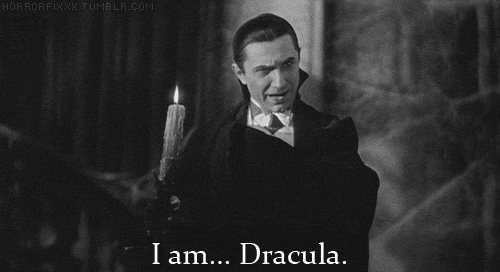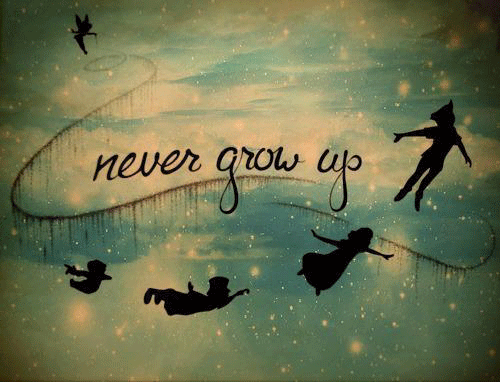
After an unexpectedly long break from blogging I'm back and ready to take on the beautiful world of words. I have just undergone the excruciating yet rewarding agony of perfecting my personal statement as a hopeful PGCE student (eek) and I feel the need to share my hints and tips with you all. How on earth I managed to pull this off on my own is beyond me, but I've done it and I could burst with happiness! Let's do this!
Before you begin...create a mind map. Mind maps are just so bloody awesome. If all else fails, turn to a mind map, honest. Blast everything that springs to mind onto a piece of paper, use colours and speech bubbles if it helps. This will be a great starting point for you. List everything you love about your chosen course and why. It doesn't need to be perfect or accurate. See my 'freewriting' blog entry for more help. The same concept applies; write it all down without thinking, this way you will get honesty.
Now you can begin! 💓
- Why are you applying for the course? Now hopefully, you aren't just applying for the course because the job salary is reaching the six figure point. For me, my passion for teaching stems from teaching to deprived children in Morocco. Making a difference to children's lives is something that motivates me. So what motivates you? It could be creativity, organisation, team leading. communicating. Just make sure you're honest, they want to get an idea about the real you.
- Why does this subject interest you? Try to include proof that you understand what's required to study the course. For example, I will reflect on the practical aspect of the course. I wrote about my expectations of a hand on experience and made sure that I sounded prepared and also willing to take on the challenge.
- Why do you think you're suitable for the course? Hone in on your skills and experience that you can apply to the course. What are your personal attributes? You can link this in with why you're applying. When writing your statement refer back to why you're applying when you reach this stage so everything ties together.
- Do your current or previous studies relate to the course you're choosing? So even though I didn't study childhood studies, my skills in English language and literature will help in all aspects of my primary PGCE. Grammar, vocabulary, organisation and writing skills will all be valuable when teaching. Identify the links between what you've learnt and how you aim to develop further.
- Have you taken on roles or activities that display you're interest in the course? If you haven't already undertaken work experience in your chosen field, then do it now! It doesn't have to be a paid role, in fact, voluntary work stands out more as it shows genuine interest. An ongoing placement looks good however all experience is praised.
- Highlight your skills and personal achievements. This can be information about yourself that doesn't have to relate to your subject choice. Your aim should be to prove yourself to be a well-rounded individual. Universities like to know what skills you have that will help you in all aspects of uni life not just the academic part. For example, talk about positions of responsibility that you have been trusted with whether that is professionally or personally. What makes you interesting, special or unique.To finish...
List your hobbies and interests and talk about why they appeal to you, this again allows us to get a feel for the real you. If any of your hobbies or experiences inspired you to further your education make sure you include it in this section. Your passion for your subject is a nice way to finish your statement.
Re-drafting 💓
- Make sure your spelling and grammar is on point. A good way to ensure a professional vocabulary is to use a thesaurus, This will help make sure that you don't repeat words over and over again as well as offering you alternatives that may highlight your writing skills.
- Show that you know your strengths by explaining them and providing evidence. The reader needs to believe in what you've written.
- Be as enthusiastic as you can be. Hopefully, you'll be excited at the prospect of studying your dream subject so this shouldn't be to difficult. Your passion should radiate through your writing.
- Don't rely on one draft. Plan for three drafts as a minimum. Remember, you only get one chance to do this so make it your best work and show them how brilliant you really are!
- In addition to redrafting, get a friend to check your work. At the same time, choose someone you trust to be honest. Parents are always good proof-readers as they truly want you to succeed.
- Don't over exaggerate! Yes, the fact that you have "two years" experience is impressive on paper but not so impressive when you hear tumble weed in your face to face interview when asked.
- Don't trust spellchecker in the slightest. Even as an English student I have been caught out many times just because those annoying squigly lines haven't popped up. Proof reading two or three times is the best choice for ensuring a polished piece of writing.
- Don't leave it till the last minute and just 'hope for the best' - you need to be the best!
Now that I've completed my statement, I am free to help anyone with questions or feedback/ proof-reading. You can contact me on here or by emailing me on caryspowell94@gmail.com - I would be happy to help! Good luck you beautiful bunch 💃💋







